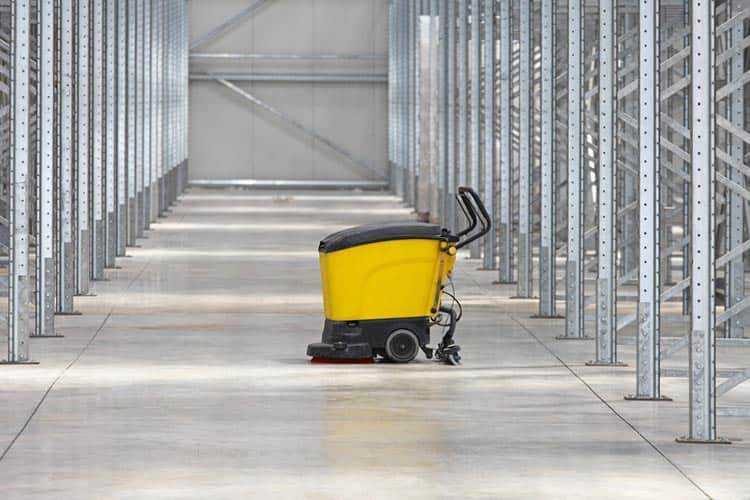Now, I know what you’re thinking, “Gary, why are you talking about floor sweepers? That’s not exciting!” But hear me out, my friends, because when it comes to workplace safety, every little thing matters.
First off, let’s talk about the dangers of working with a pedestrian floor sweeper. One of the biggest risks is getting hit by the machine itself. These sweepers are often quite large and heavy, and if not operated properly, they can cause serious harm to the operator or anyone in the vicinity. That’s why it’s essential to receive proper training before operating one of these machines.
Another danger of using a pedestrian floor sweeper is the potential for slips, trips, and falls. These machines are designed to pick up dirt and debris from the ground, which means that they can easily pick up loose objects as well. If you’re not careful, you could trip over something that the sweeper has picked up and fall, causing injury.
And let’s not forget about the noise level. These machines can be incredibly loud, which can cause hearing damage if you’re not wearing proper ear protection. Plus, the loud noise can be a distraction, making it harder to focus on the task at hand.
Now that we’ve talked about the dangers, let’s move on to the safety recommendations. First and foremost, always receive proper training before operating a pedestrian floor sweeper. Make sure you understand how to use the machine safely and what to do in case of an emergency.
When operating the machine, be sure to wear the appropriate personal protective equipment (PPE). This includes things like eye protection, ear protection, and steel-toed boots. These items will help protect you from harm and ensure that you’re able to work safely.
It’s also important to be aware of your surroundings when using a pedestrian floor sweeper. Make sure there are no obstacles in your path and that you’re not putting yourself or others in danger. If you’re working in a high-traffic area, be sure to use caution and stay alert at all times.
Finally, make sure to properly maintain the machine. Regular maintenance and cleaning can help ensure that the sweeper is working properly and is less likely to malfunction, causing harm to you or others.
So there you have it, my friends – the dangers and safety recommendations for working with a pedestrian floor sweeper. I know it may not be the most exciting topic, but it’s essential to take workplace safety seriously. By following these recommendations, you can help ensure that you and your coworkers are safe and healthy while on the job.
Remember, no matter what kind of work you’re doing, safety should always be your top priority. So take the time to understand the risks and how to mitigate them, and always be aware of your surroundings. Stay safe out there!
Cheers,

![]()



 Gary’s Safety Tips
Gary’s Safety Tips

